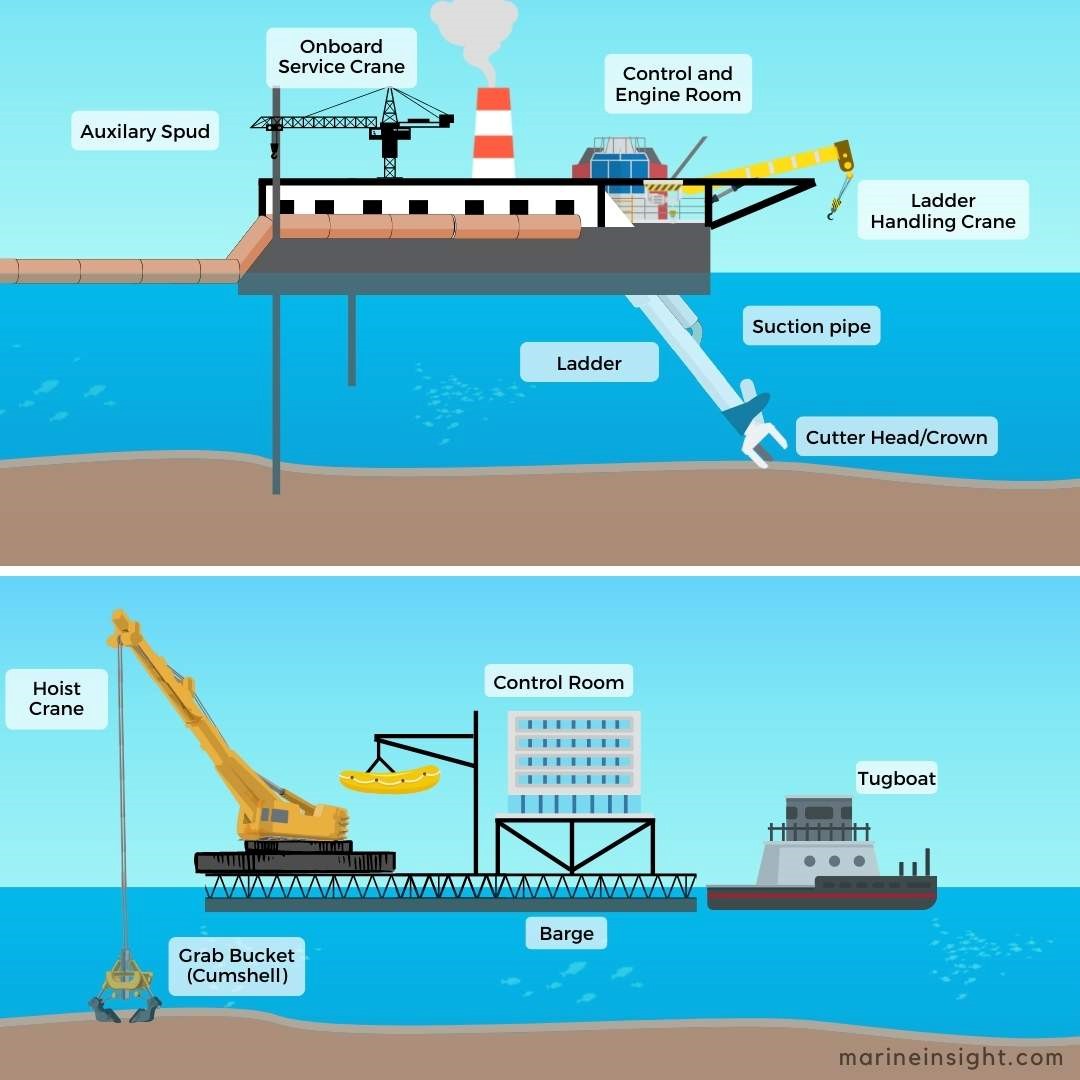Recently, the Union government announced the MSPs (minimum support prices) for 17 crops in this year’s Kharif season.
Key details:
- MSPs play a very significant role not just for India’s farmers and the farm economy but also for India’s consumers and the kind of food prices they face.
- That is why MSP announcements are keenly watched and often deeply politicised.
- The MSP announcements could prove of critical political significance, apart from their economic impact.
What are MSPs?
- MSPs are “support prices” announced by the government (and sometimes state governments add a bonus amount to them).
- The intended aim in announcing them is to provide a safety net for farmers.
- Need and significance of MSP:
- Given the acute lack of warehousing and cold storage in India, a farmer has little bargaining power in the market.
- If the market prices are below the farmer’s cost of production they and their families can be ruined.
- Widespread distress of this kind tends to have broader ramifications as well.
- For example, if one particular crop, say cotton, led to the ruin of many farmers, then farmers will avoid growing cotton next season.
- This, in turn, will reduce supply and push up prices.
- By announcing MSPs, the government makes a promise that it will buy (called procurement) from farmers at the announced prices.
- Since MSPs are calculated in such a manner that covers the basic costs of cultivation, the hope is that MSPs will save farmers from ruin.
- The other big purpose of MSPs is to serve as a tool in the hands of the policymakers to tweak the production pattern.
- If the government wants to incentivise the production of pulses, as against paddy (rice), then it can give a relatively higher hike in MSP of pulses than the MSPs for paddy.
Does the government actually buy all crops at MSPs?
- While the government announces MSPs for a whole host of crops both in the Rabi (winter) and the Kharif (summer) season, it procures only a few of those crops and that too from only a few states.
- Only few Kharif crops benefit from government procurement.
- While around 45% of the paddy produced is procured at MSP, it is about 25% in case of cotton and only 1-3% in case of pulses.
- The procurement is concentrated in only a few states:
- Punjab, Haryana, western Uttar Pradesh, Chhattisgarh, and Telangana for paddy
- Telangana and Maharashtra for cotton
- Maharashtra and Karnataka for pulses
Economic and political aspects of MSP announcements
- Political aspects:
- India’s farm economy doesn’t really fully adhere to market principles.
- Partly that’s because national food security is a strategic concern.
- If large a population is involved in farming as it is in India, then it is unlikely that farming will prove to be remunerative.
- But government intervention makes everything political.
- Closer to elections, it is natural for governments to announce high MSPs to win over the farmer vote.
- Economic aspects:
- The economic aspect of MSPs is not limited to farmers alone.
- While a sharp rise in MSPs (or higher MSPs over a sustained period) does alleviate farm distress, it can also lead to a spike in food inflation.
- The trade-off between the interests of the farmer, on the one hand, and consumers, on the other, makes deciding MSPs so difficult.
- The political dimension just adds to the complications.
How does the recent hike compare with the rate of food inflation and the rise in cost of production?
- The prices of cereals went up by almost 14% in this year.
- The MSP hike is modest.
- The Citi Research note finds that cost of cultivation went up by 6.8% and from that perspective, a 7% hike in MSPs is enough to ensure that farm economy does not lose out to the non-farm economy.
Impact of hikes on inflation and monetary policy
- It is unlikely that this hike per se would spike inflation.
- Food inflation may still spike if the normal monsoon is affected by El Nino.
Impact on Government’s finances
- Higher MSPs and more procurement as well as the storage and disbursal of subsidised foodgrains are all expenditures that weigh down government’s financial health.
- This MSP increase will not materially alter the government’s food subsidy budgeting.
Likely impact on rural India
- Latest GDP data showed that personal consumption growth, the biggest contributor to India’s GDP, was growing at around 2.5% over the past two quarters.
- This is starkly lower than India’s overall GDP growth rate of 7.2%.
- The rural economy is lagging behind urban India.
- The consumption growth trends in the GDP have been weak with drivers of rural consumption remaining uneven.
- The 7% MSP increase might just be enough to cover the increase in cost of production but does not signal a populist boost to rural consumption
